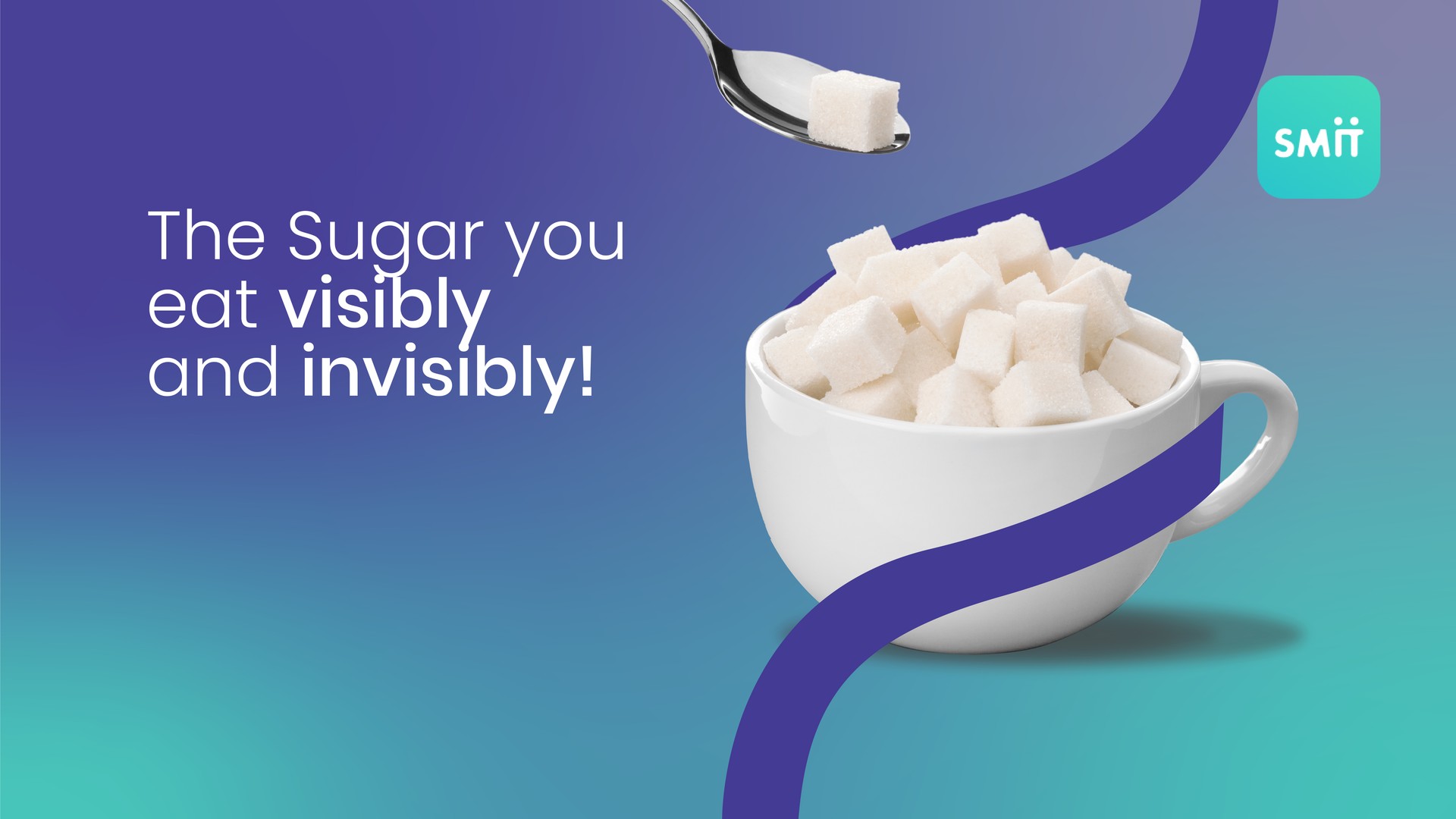Have you ever heard a friend saying “I have given up white sugar, just sticking to brown sugar! “ Let’s do a fact check for you and your friend in one line:
Any sugar is sugar, be it white, brown, sulphur-free, unrefined, or even jaggery. Let’s see what exactly sugar is:
Sugar is produced by harvesting and processing sugar cane juice, and sometimes from sugar beets, which is a root crop. If you were to chew on raw sugar cane, you would be taking in some fibre, vitamins and minerals, and it is great for dental health too. However, once the processing of this crop starts, these sugarcane shoots go through a procedure that eventually converts them into brown or white crystals, which contain absolutely no nutrients.
Sugar and your body:
All foods such as cakes, biscuits, chocolates, sweets, and desserts contain a large amount of visible and invisible forms of sugar, which spikes your blood glucose levels rapidly. To deal with this spike, the pancreas produces a hormone called insulin to clear the sugar out of the bloodstream. This blood sugar is then directed to the muscles to be used for immediate energy. Some of it goes to the liver to be stored in the form of glycogen for future energy, and the rest of it gets stored in and as your fat cells.
Sugar and fat storage:
Primarily, our digestive system is designed to deal with small amounts of sugars; that too if made a part of a balanced meal plan. However, if high sugar foods are consumed on an empty stomach, a most commonly occurring scenario, the pancreas is stimulated to secrete excessive amounts of insulin. This in turn causes your blood sugar level to drop sharply, and is the beginning of a vicious cycle.
Let’s consider a situation like this. A little while after eating a cupcake with your favourite frosting, there will be still some insulin circulating in the bloodstream which will keep looking for some carbohydrate (read sugar) to work on, eventually giving rise to a craving. No marks for guessing that it will be a sugar craving. So, if one continues to consume bigger portions of high sugar foods, the hunger mechanism are automatically triggered which in turn will also expedite the rate at which the body stores fat.
Talking from a hormonal point of view, hypersecretion of Insulin not only stores fat, but also poses a risk factor for Type 1 Diabetes. It also appears to damage artery walls, making it easier for blockage formation, and causes heart disease. And this is just the tip of the iceberg!
Can sugar be addictive?
Several types of research have verified that sugar can be addictive. Foods high in fat and sugar trigger the brain to release natural substances called opioids, that stimulate the production of dopamine, the ‘chemical of happiness’. In some cases, one can become overly dependent on sugar, causing the brain to become addicted to its opioids. This effect is similar to the one caused by substance abuse, the latter having stronger effects. Further research has revealed that such sugar-induced opioids encourage people to eat more sugary foods even when they are not hungry.
Now that you understand the damaging effects of sugar, it’s time to gradually remove it from your diet. If you have decided to give up sugar, let’s help you determine the visible and invisible forms of sugar. Unfortunately, the market is ruled by food industry giants who never label sugar as sugar. Most of these companies often label sugar with unusual names to make it difficult to spot on food labels. So, the first step is to start reading labels properly. Spend some time to look for some of these forms of sugar in every product you buy.
- Glucose
- Fructose
- Sucrose
- Maltose
- Lactose
- Honey
- Molasses
- Jaggery
- Agave nectar
- Coconut sugar
- Beet sugar
- Palm sugar
- Brown sugar
- Demerara sugar
- Corn syrup
- High fructose corn syrup
- Maple syrup
- Rice syrup
- Malt syrup
- Date syrup
- Caramel syrup
- Xylitol
- Sorbitol
- Mannitol
- Isomalt
- Lactate
- Maltodextrin
- Hydrogenated Starch Hydrolysates
Here is where you will find sugar disguised in various forms:
- Bakery and confectionary – both sweet and savoury products
- Bottled products – Jams, jellies, salad dressings, nut butter
- Protein bars and supplements
- Chewing gums, gummy bears, and mouth fresheners
- Boxed meals and microwave meals
- Breakfast cereals – cereal flakes, muesli, granola,
- Instant food mixes – breakfast foods, snacks, noodles, soup etc.
- Salted snacks –namkeens, chips, farsan, murukku
- Packed juices, aerated drinks, squashes, fruit concentrates and flavoured drinks
The list may look exhaustive and will leave you wondering what to eat!. It’s when you start cutting down on these items, only then can you make way for healthier options like fresh fruits and vegetables.
You could also take an assessment to set health goals for yourself. Once you experience the benefits of healthy eating, your cravings will be reset, and so will your food choices. Our page has other interesting blogs on nutrition and exercise that will help you make a switch to a healthy lifestyle.



0 Comments